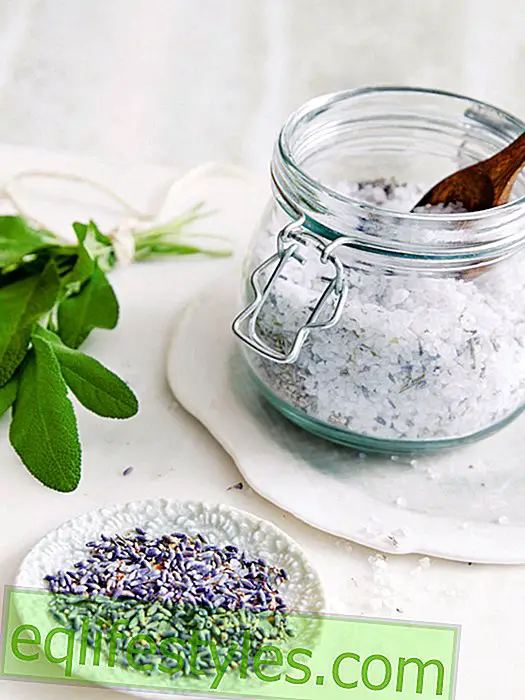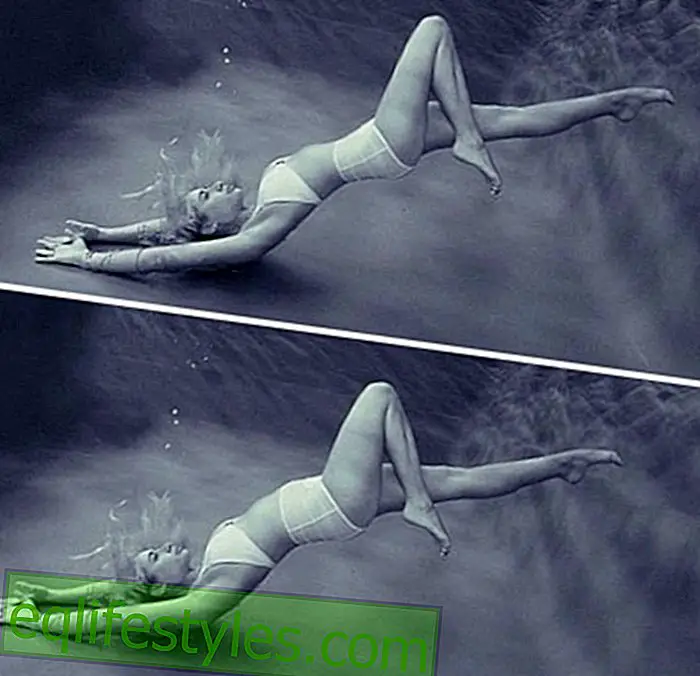Everyone has one or the other myth in mind when thinking about jogging. And many a fallacy persists stubbornly in the heads. Time to take care of these curiosities and tidy up with them.

1. Fat burning starts after 30 minutes
The body usually draws its energy in parallel from two energy sources, one from the fat cells and the other from the carbohydrate metabolism. It does not matter if the body is moving or at rest. The only difference is the amount of calories burned, because depending on how long you move, more fat or sugar - that is, carbohydrates - is burned. But fat is invariably always there. That means that even if you decide on a short run, it will be worthwhile.
2. Jogging on paved roads damages the joints
Sounds logical at first, but in fact, scientists could not prove in any study that a run on asphalt is bad for the joints. In addition, asphalt runners seldom complain of joint pain and even top runners sometimes do without cushioning their shoes. This phenomenon can be explained by the fact that the cartilage layer adapts to the load and thickens and so runners have a much thicker cartilage than non-runners. And the trained leg musculature naturally bounces off a lot.
3. Runners are smarter
It is said that runners are smarter than people who are not physically active due to increased blood flow. Those who practice sports actually support their brains to work more effectively. Concentration, mood and also the visual-spatial memory improve after a consistent training over six weeks.
4. Jogging is bad for the back
The belief that regular jogging harms the back muscles is simply wrong. When running, over two-thirds of the body is in motion and the back benefits from the movements. In fact, runners are actually less likely to suffer from joint and back problems than people who do not jog.
5. Anyone who drinks coffee can run faster
A decent energy kick in the form of coffee or energy drink before the big round to get started faster? Better not, because in sports, the body requires more oxygen and caffeine ensures that up to a fifth less blood is pumped through the veins. That is, who does not want to arrive completely breathless at the finish, who should abstain from stimulating drinks with caffeine in advance.
6. Stretching helps against sore muscles
Stretching exercises unfortunately do not always protect against a painful sore muscles. The tension of the muscles during stretching can aggravate the symptoms of the muscle soreness, because too exaggerated execution can lead to micro injuries of the musculature. On the other hand, there is nothing wrong with a light warm-up program and gentle and gentle stretching.
7. Running is better than strength training
Nature has provided humans with various muscle fibers that are either endurance or strength. In harmony, they can develop optimally. That's why it's good to always train both types of muscles. Positive side effect of strength training: Well-developed muscles stabilize the joints during longer running distances.









